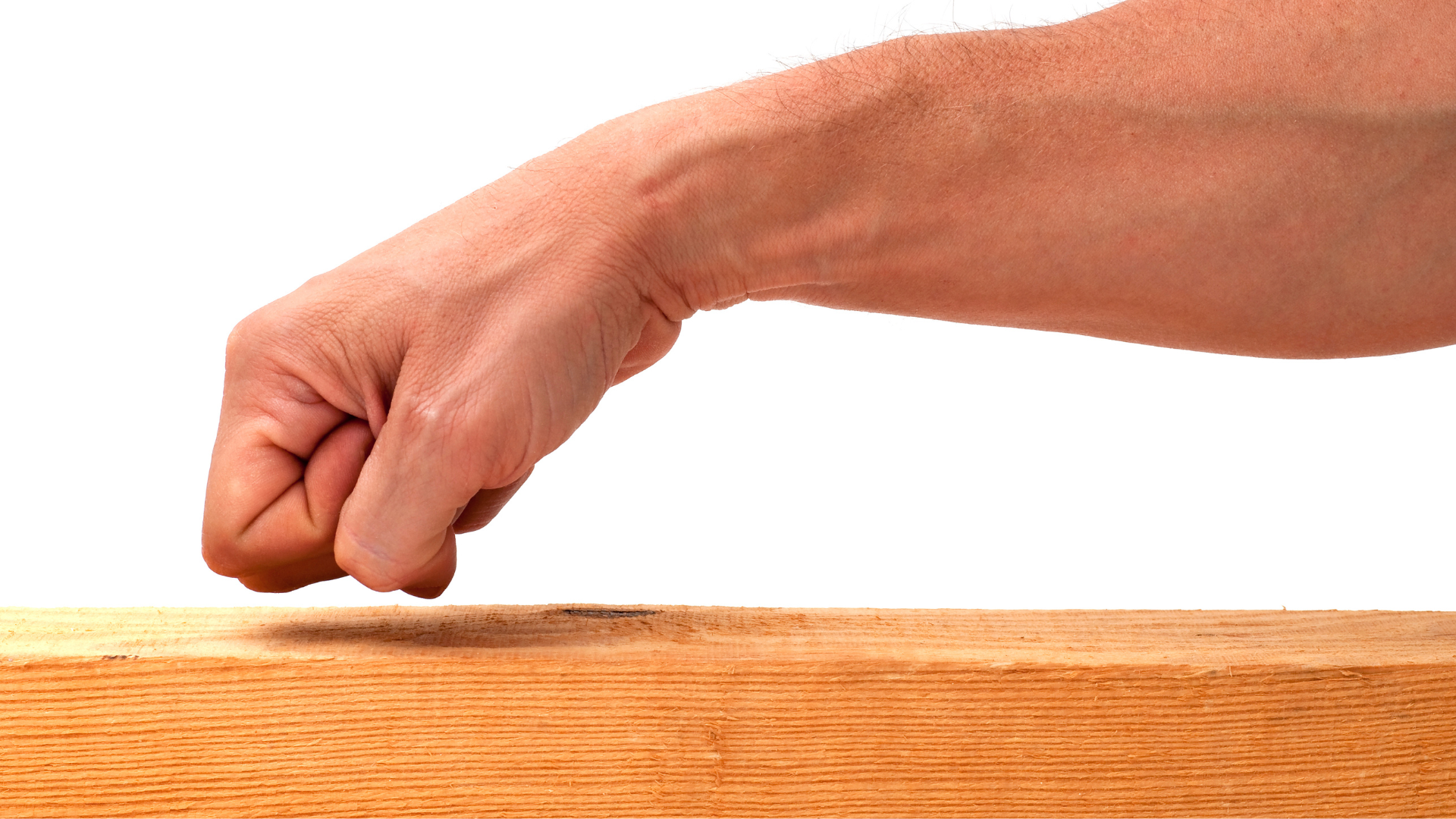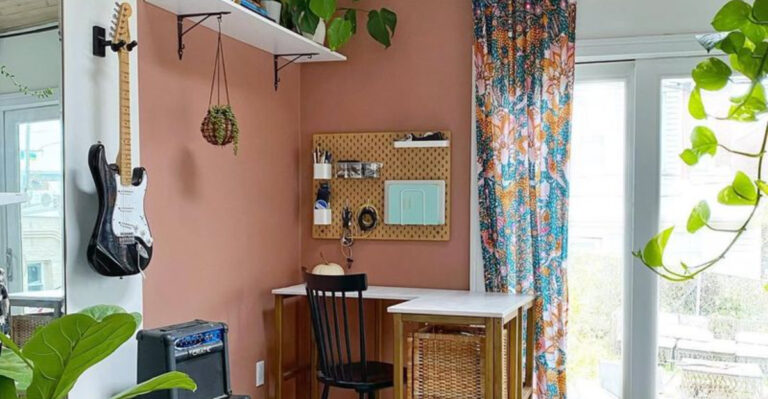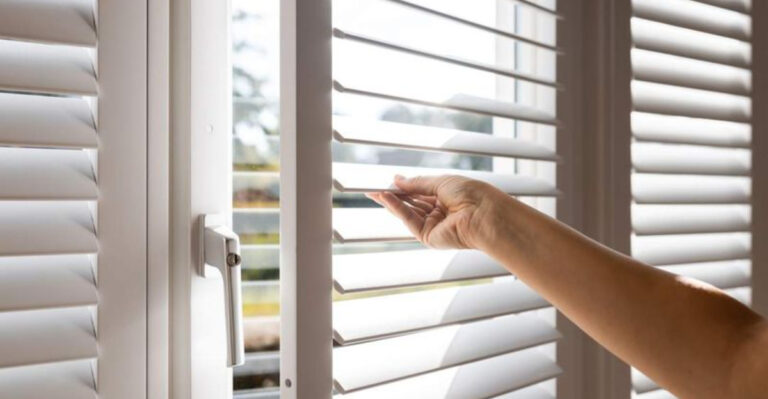The “Knock” Test, And 15 Other Pro Secrets To Finding Quality Wood Furniture While Thrifting
Thrift store shopping can be hit or miss, but every now and then, you come across a furniture piece that feels like a real find.
I’ve learned that with a little patience and some know-how, it’s possible to spot quality wood pieces tucked between the usual mix. Things like construction details, weight, and finish can tell you a lot about what’s worth taking home.
Over time, you start to recognize what’s solid and what’s not. If you enjoy the hunt, knowing a few of these tricks can make the whole process a lot more rewarding.
1. The “Knock” Test
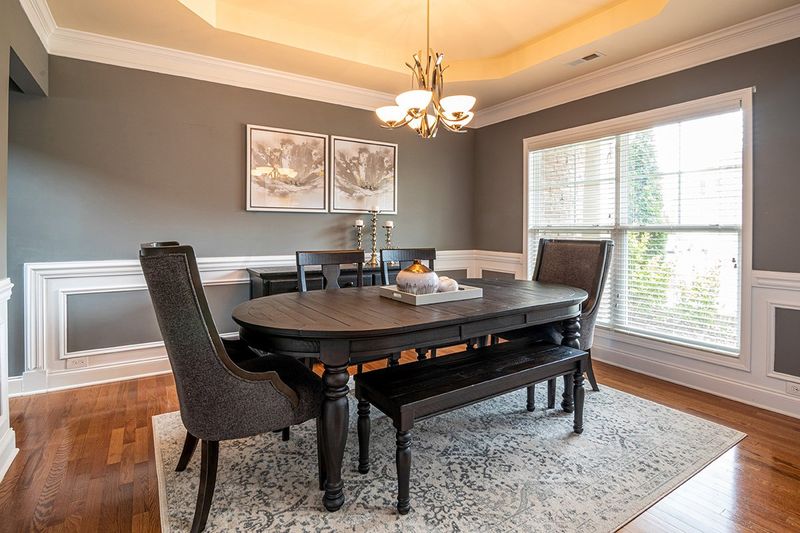
Tapping furniture with your knuckles reveals secrets invisible to the eye. Solid wood responds with a rich, resonant sound, while particleboard or cheap materials sound hollow or dull.
Next time you’re thrifting, give that beautiful dresser a gentle knock. Your ears will tell you if it’s worth your money before you even check the price tag.
2. Drawer Slide Test
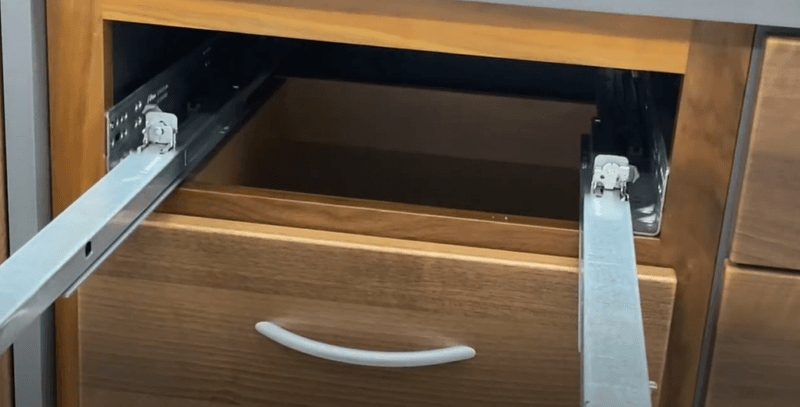
Sometimes the truth hides inside the drawers. Quality furniture features smooth-gliding drawers that open fully and close with minimal effort. Grab the handle and pull.
If it sticks, wobbles, or feels flimsy, walk away. Bonus points if you find dovetail joints at the corners or a solid wood drawer bottom instead of flimsy cardboard or plastic.
3. The Weight Test
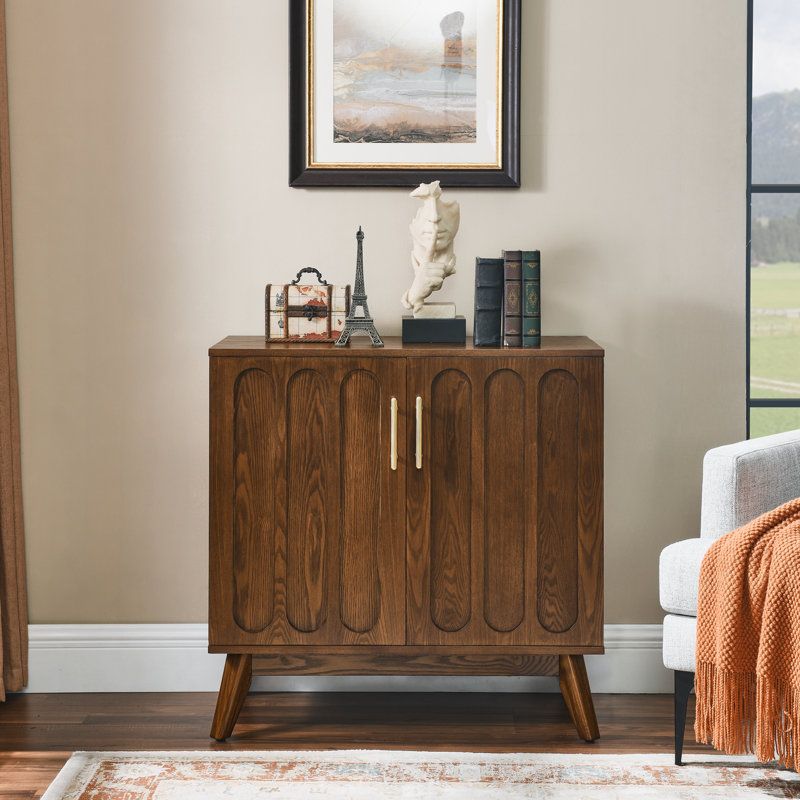
There’s wisdom in that old saying about feeling the weight of furniture. Solid wood pieces have substantial heft compared to their particleboard imposters. Try lifting one corner slightly.
Heavy furniture typically means real wood construction. Light as a feather? Probably engineered wood with veneer, which won’t stand the test of time like its weightier cousins.
4. Joint Inspection
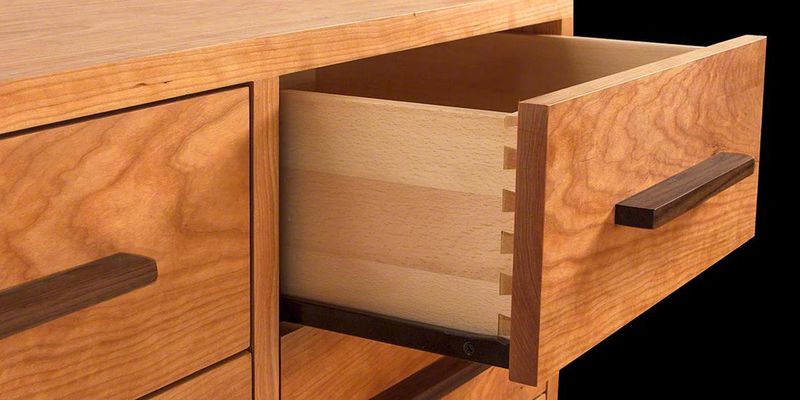
Where wood meets wood tells the true story of craftsmanship. Flip that chair upside down or peek underneath tables. Quality furniture boasts dovetail, mortise-and-tenon, or dowel joints.
Staples, visible nails, or glue alone? Red flags waving! Corner blocks on chairs and tables add extra stability and indicate thoughtful construction that will serve you for decades.
5. Sniff Test
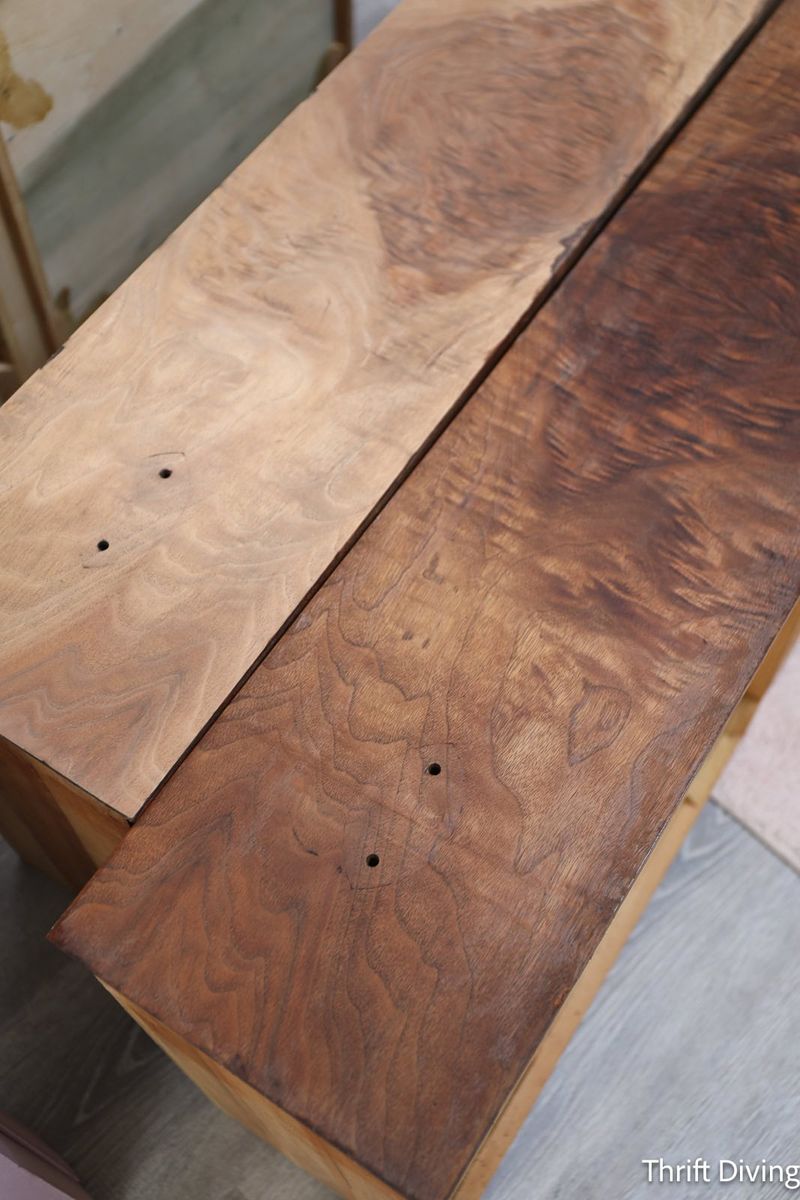
Your nose might save you from a stinky mistake! Give that gorgeous sideboard a good sniff. Fresh wood smells pleasant, while musty or chemical odors spell trouble.
Mold, cigarette smoke, and pet odors can be nearly impossible to remove. If your nose wrinkles involuntarily, trust your instinct and move along, no matter how beautiful the piece appears.
6. Edge Examination
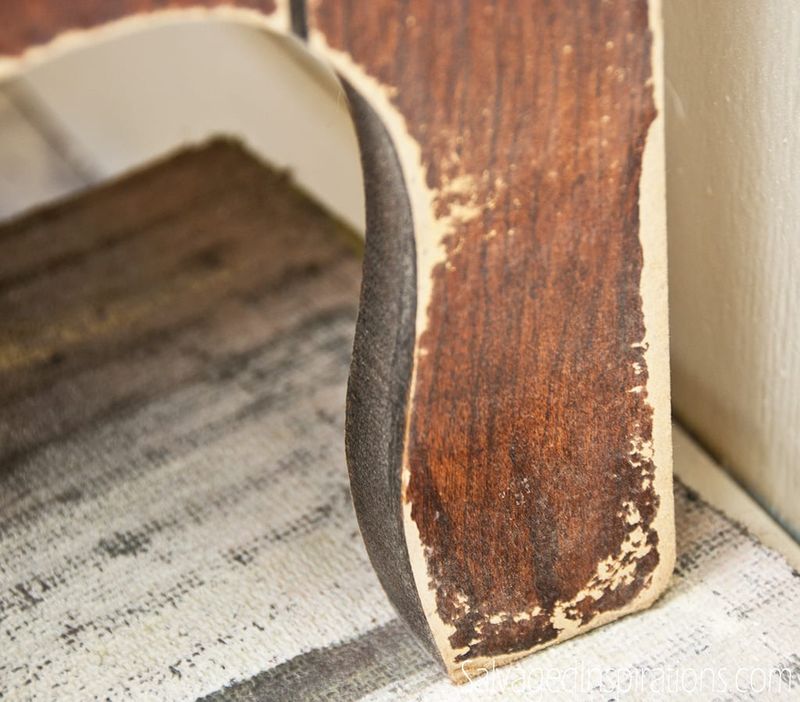
Wondering if it’s solid wood or veneer? Check the edges and corners where wear typically occurs. Solid wood edges maintain consistent grain patterns, while veneer shows a distinct line where the thin wood layer ends.
Though veneer isn’t always bad, knowing what you’re buying helps set appropriate expectations. Many beautiful mid-century pieces feature quality veneer that’s lasted decades!
7. Stability Shake
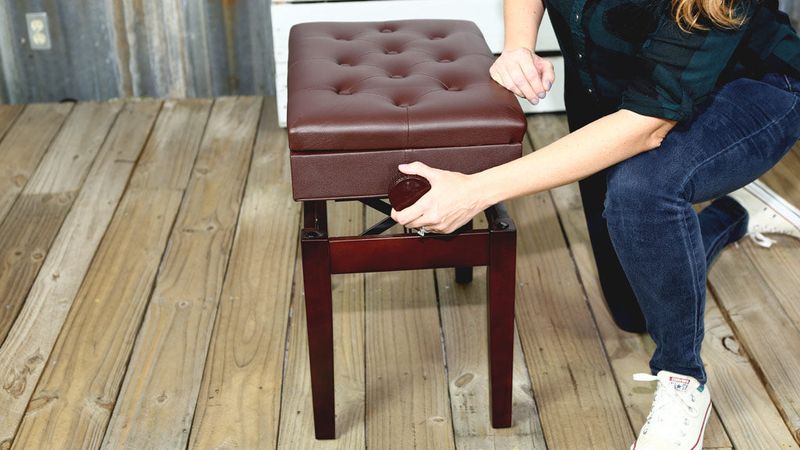
Wobbly furniture rarely improves with age. Place your hands on opposite corners of tables or dressers and give a gentle shake. Solid, well-built pieces should feel stable and secure.
Movement might indicate loose joints or structural problems. While some issues can be fixed, major instability suggests poor construction that might not be worth your time or money to repair.
8. Hardware Inspection
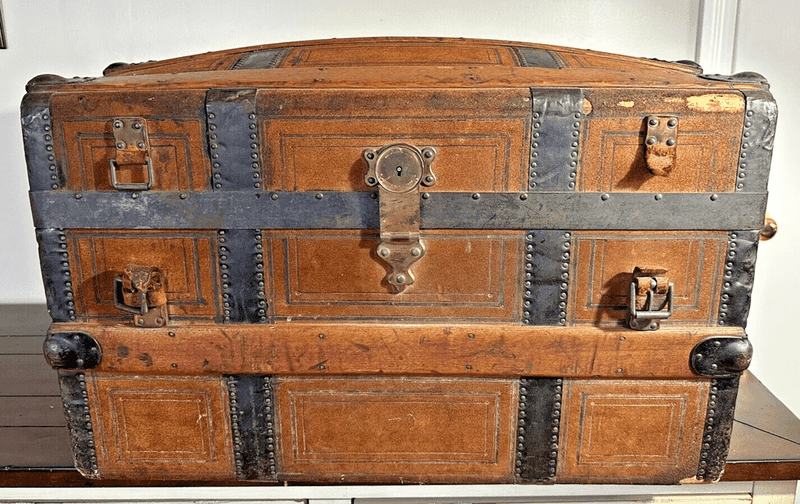
Original hardware often whispers the age and quality of furniture. Examine knobs, pulls, and hinges carefully. Heavy, solid metal hardware suggests quality construction, while flimsy plastic or lightweight metal screams mass production.
Even if the hardware needs replacing, its mounting method reveals craftsmanship details. Machine-cut precision holes indicate modern manufacturing, while slightly irregular spacing suggests handcrafted vintage treasure.
9. Underside Investigation

Flip that chair or table over for the unvarnished truth! Quality manufacturers finish even unseen areas with care. Look for manufacturer stamps, dates, or location marks that authenticate vintage pieces.
Raw, unfinished undersides aren’t necessarily dealbreakers but might indicate mass production. Master thrifters always check underneath for the story furniture tells when nobody’s looking.
10. Back Panel Scrutiny
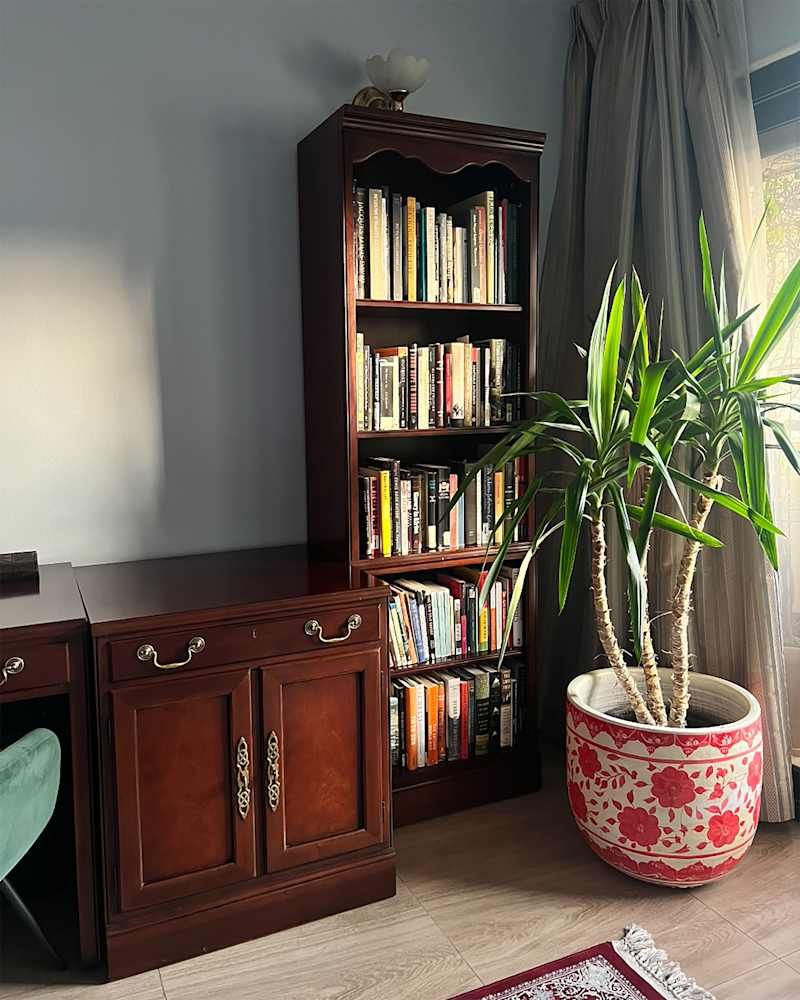
The back of furniture reveals manufacturers’ true commitment to quality. Flimsy cardboard backing suggests corners were cut elsewhere too. Solid wood or sturdy plywood backs indicate thorough craftsmanship throughout.
Many otherwise beautiful pieces use cheap backing to save costs. While not always a dealbreaker, it helps you negotiate a fair price when you spot this common cost-cutting measure.
11. Brand Recognition
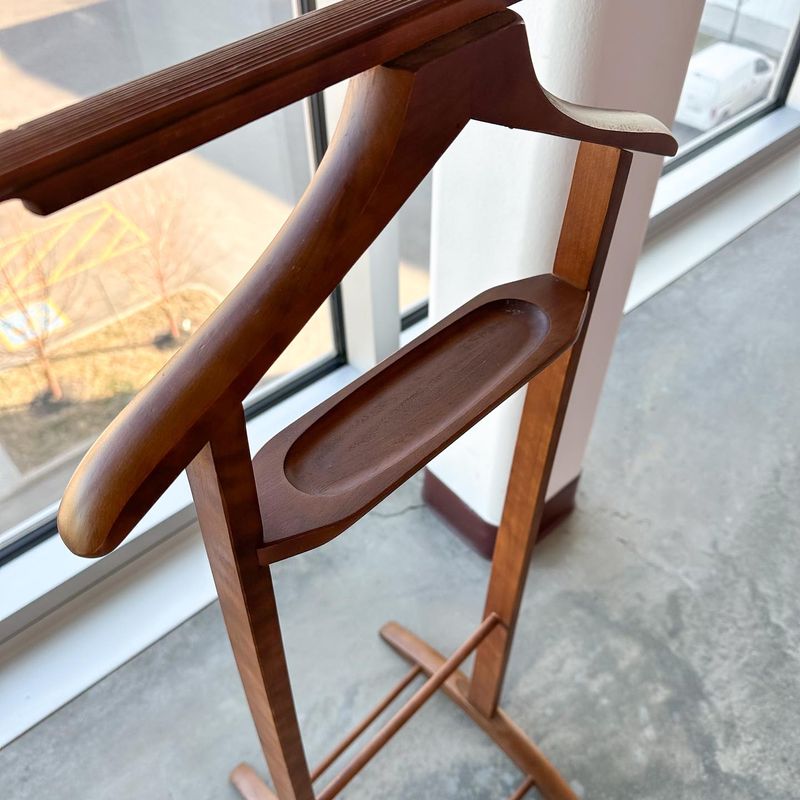
Like finding buried treasure, spotting a quality maker’s mark can make your heart race! Famous furniture brands maintain value and often appreciate over time. Check drawers, backs, and undersides for stamps, metal plates, or paper labels.
Names like Drexel, Henredon, Lane, or Stickley might be hiding in plain sight. Even without recognizing the name, any maker’s mark suggests pride in craftsmanship worth investigating further.
12. Wood Species Identification
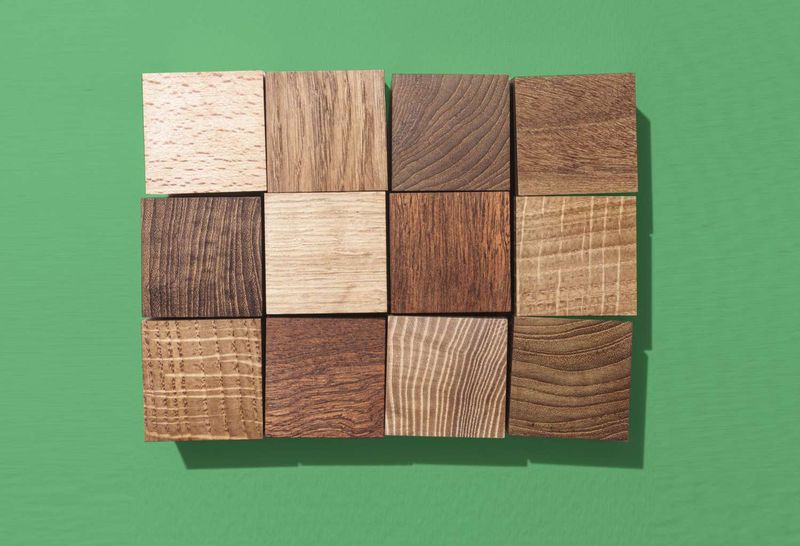
Learning to recognize common wood types transforms your thrifting game completely. Oak shows distinctive grain patterns, while mahogany has a reddish tone that deepens with age.
Walnut’s rich, dark chocolate color commands premium prices. Pine, though softer, has charm and durability when well-constructed.
Each wood species offers different qualities and value, making this knowledge invaluable for spotting underpriced treasures.
13. Finish Quality Assessment
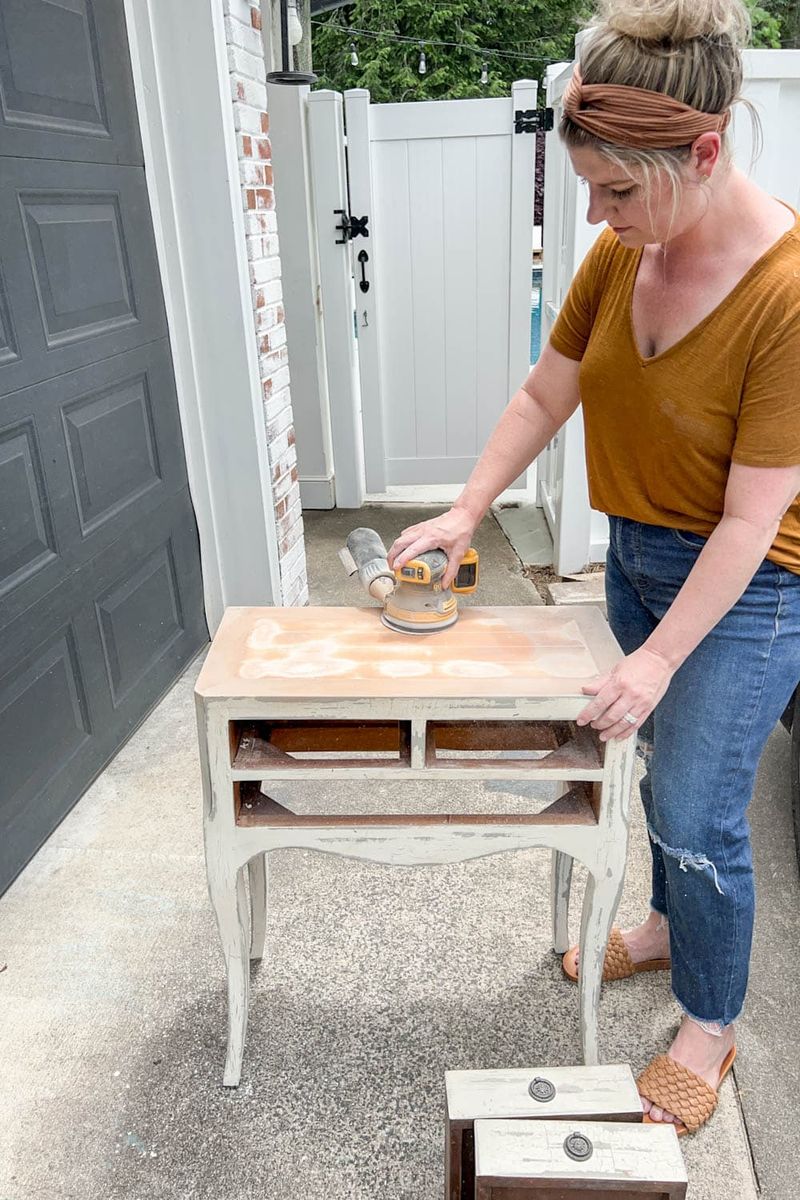
Run your fingers across that beautiful coffee table surface. Quality finishes feel smooth and consistent, without rough patches or bubbling.
Look at how light reflects off surfaces – quality finishes have depth and clarity. Checking edges and corners reveals how well the finish has held up over time.
Though scratches happen, an overall even patina suggests the piece was well-made and properly cared for throughout its life.
14. Age Estimation
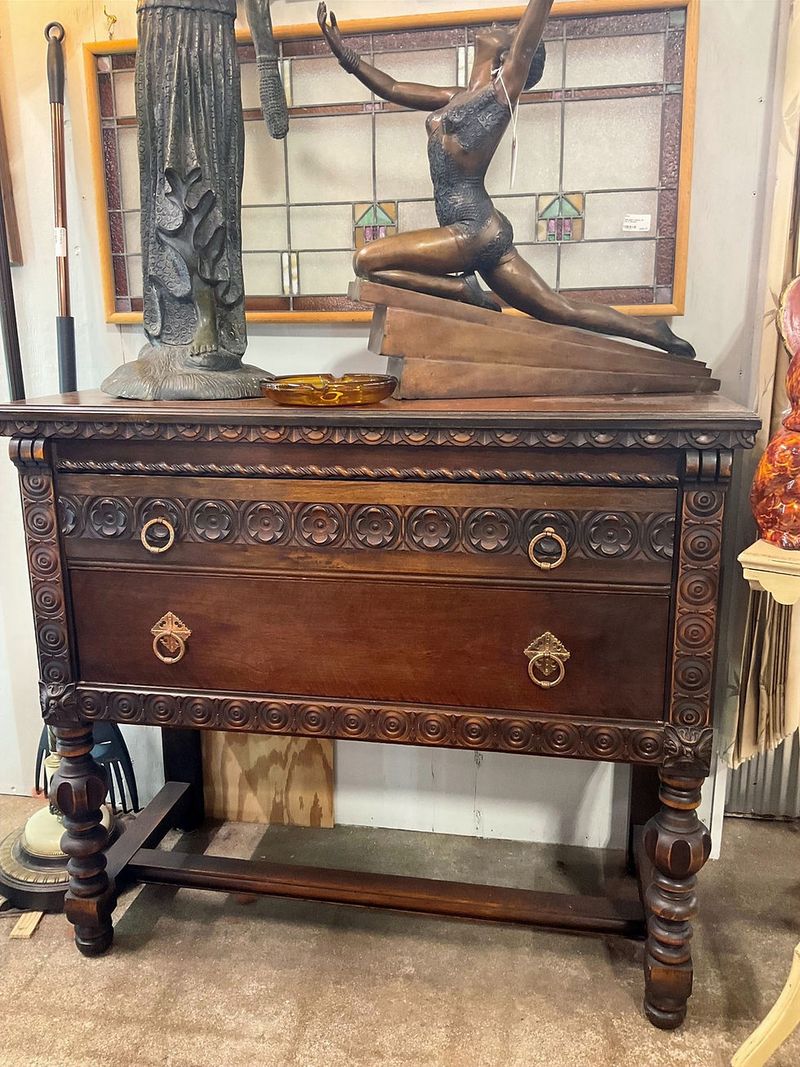
Figuring out when furniture was made helps determine both value and quality. Construction methods tell stories – hand-cut dovetails suggest pre-1860s craftsmanship, while perfectly matching machine-cut joints appeared later.
Hardware styles evolved too, from wooden pegs to square nails to Phillips-head screws. Mid-century pieces (1940s-1970s) often feature tapered legs and minimalist design, while earlier 20th century furniture tends toward heavier construction.
15. Restoration Potential
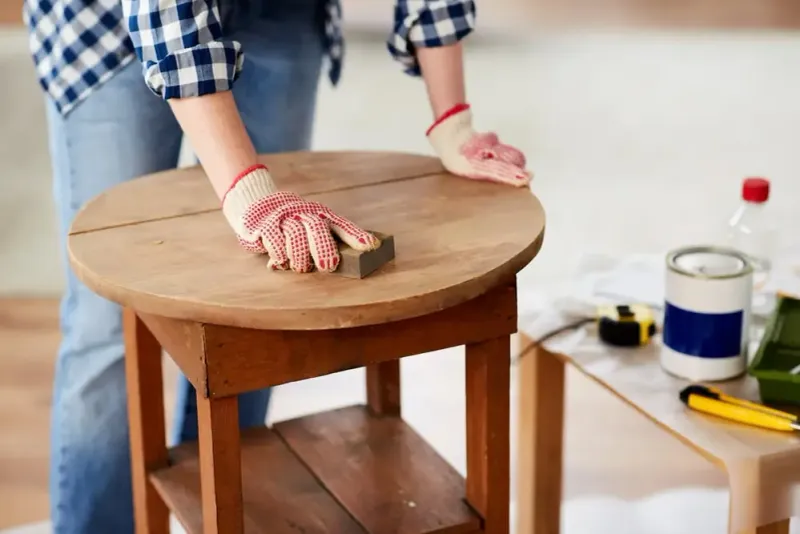
Looking beyond surface flaws separates amateur thrifters from pros. Water rings, minor scratches, and loose joints are often easily fixable.
Structural damage, extensive veneer loss, or deep cracks might be deal-breakers. Ask yourself: “Is this cosmetic or structural?”
Cosmetic issues like outdated finishes can be transformed with elbow grease and modest skills. Even novice DIYers can often restore solid wood pieces to their former glory.
16. Bug Infestation Check

Nobody wants to bring home more than they bargained for! Check dark corners and joints for tiny holes, sawdust piles, or sticky residue that might indicate unwelcome guests.
Shine your phone flashlight into cracks and crevices. Small round holes might mean powder post beetles have visited.
While not all old furniture has pest problems, this quick check prevents potentially expensive headaches later.

